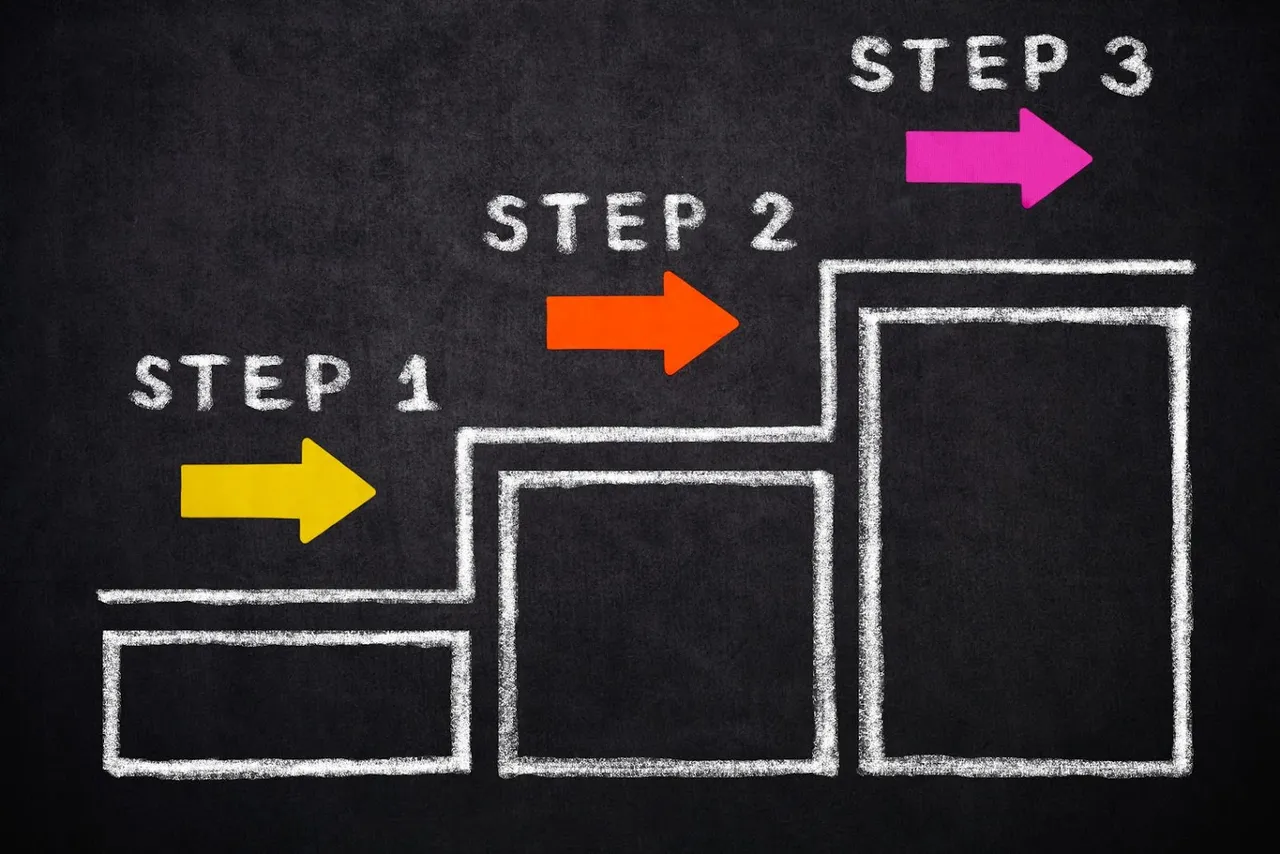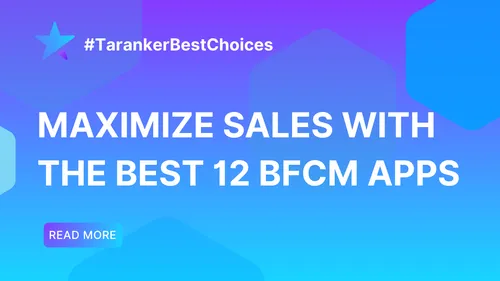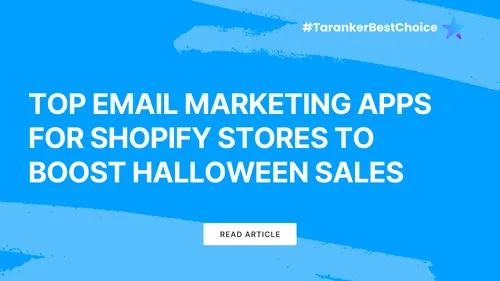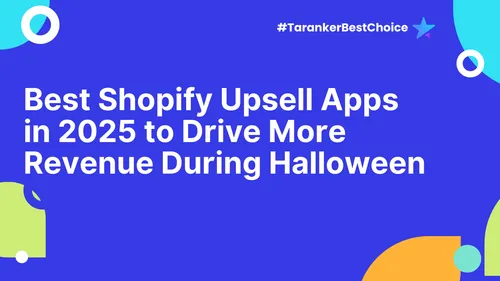Optimizing your Wix website with appropriate meta tags and keywords is essential for enhancing your site's visibility on search engines. For e-commerce merchants, especially those using platforms like Shopify, implementing effective SEO strategies can lead to increased traffic and sales. This guide provides a detailed walkthrough on how to add meta tags and keywords to your Wix website.
Understanding Meta Tags and Their Importance

Meta tags are snippets of text that describe a page's content; they don't appear on the page itself but only in the page's code. Search engines use meta tags to understand the content of your pages, which influences how your site appears in search results. The primary meta tags include:
-
Title Tag: Defines the title of your page, displayed on search engine results pages (SERPs) as the clickable headline.
-
Meta Description: Provides a brief summary of the page content, appearing below the title in SERPs.
-
Meta Keywords: A list of keywords relevant to the page content. However, it's important to note that major search engines like Google no longer use meta keywords as a ranking factor. Instead, they focus on the actual content of your pages.
Adding Title Tags and Meta Descriptions in Wix

To enhance your site's SEO, it's crucial to add unique title tags and meta descriptions to each page. Here's how to do it:
1 - Access the Wix Editor:
-
Log in to your Wix account and open your site in the editor.
2 - Navigate to Pages & Menu:
-
Click on the "Pages & Menu" icon located on the left side of the editor.
3 - Select the Relevant Page:
-
Hover over the page you want to optimize.
-
Click on the "More Actions" icon (three dots) next to the page name.
4 - Open SEO Basics:
-
From the dropdown menu, select "SEO basics."
5 - Enter Title Tag:
-
In the "Title tag (title in search results)" field, enter a concise and descriptive title for your page.
-
Tips:
-
Keep it under 60 characters to ensure it displays properly in search results.
-
Include primary keywords relevant to the page content.
-
For local businesses, consider adding your location.
6 - Enter Meta Description:
-
In the "Meta description (description in search results)" field, write a brief summary of the page.
-
Tips:
-
Aim for 50-160 characters.
-
Incorporate target keywords naturally.
-
Add a call-to-action to encourage clicks.
7 - Publish Your Changes:
-
After entering the title tag and meta description, click "Publish" at the top right of the editor to apply the changes.
For a visual demonstration, you can refer to this tutorial:
Adding Meta Keywords in Wix

While meta keywords are no longer a significant factor for major search engines, you might still want to add them for other purposes. Here's how:
1 - Access the Wix Editor:
-
Log in to your Wix account and open your site in the editor.
2 - Navigate to Pages & Menu:
-
Click on the "Pages & Menu" icon on the left side.
3 - Select the Relevant Page:
-
Hover over the desired page.
-
Click on the "More Actions" icon (three dots).
4 - Open SEO Basics:
-
Choose "SEO basics" from the dropdown.
5 - Go to Advanced SEO:
-
Click on the "Advanced SEO" tab.
6 - Add New Meta Tag:
-
Scroll to the "Additional Tags" section.
-
Click "+ Add New Tag."
7 - Enter Meta Keywords:
-
In the HTML Code field, input your keywords in the following format:
-
html
-
CopyEdit
-
<meta name="keywords" content="keyword1, keyword2, keyword3">
-
Note: You can add up to 10 keywords per page.
8 - Apply and Publish:
-
Click "Apply" to save the meta tag.
-
Publish your site to implement the changes.
Best Practices for E-commerce Merchants
As an e-commerce merchant, especially if you're also utilizing platforms like Shopify, consider the following SEO best practices for Wix:
1. Optimizing Product Pages
-
Ensure each product has a unique title tag and meta description.
-
Use action-driven meta descriptions (e.g., "Shop the best organic skincare products today!").
-
Highlight key features and benefits to attract potential customers.
2. Enhancing Category Pages
-
Optimize category pages with targeted keywords.
-
Use compelling descriptions to summarize the range of products available.
-
Include internal links to related categories and product pages.
3. Improving Blog Content for SEO
-
Regularly publish blog posts targeting relevant long-tail keywords.
-
Optimize each post with structured headings, images, and meta descriptions.
-
Use internal linking to direct visitors to product pages.
💡 Example: If you're selling handmade candles, write a blog titled "Top 10 Handmade Candles for a Cozy Home" and link directly to your candle collection.
Final Thoughts
Optimizing your Wix website for SEO requires strategic use of meta tags, keywords, and high-quality content. By following this step-by-step guide, you can:
✔ Improve your search engine rankings.
✔ Increase organic traffic to your site.
✔ Enhance your Wix store’s visibility and sales.
🚀 Start optimizing your Wix website today and watch your online presence grow!
Frequently Asked Questions (FAQs)
1. How long does it take for meta tag updates to reflect in search results?
It typically takes a few days to a few weeks for Google to re-crawl and update your site’s search listing.
2. Do meta keywords still matter in 2025?
No, Google no longer uses meta keywords as a ranking factor. However, other search engines may still consider them.
3. What is the ideal length for a title tag and meta description?
-
Title Tag: Under 60 characters.
-
Meta Description: Between 50-160 characters for optimal visibility.
4. Can I edit meta tags for all pages in Wix?
Yes! Wix allows you to customize meta tags for each page, product, and blog post.
5. Does Wix offer built-in SEO tools?
Yes! Wix provides an SEO Setup Checklist and integrates with Google Search Console for tracking performance.












